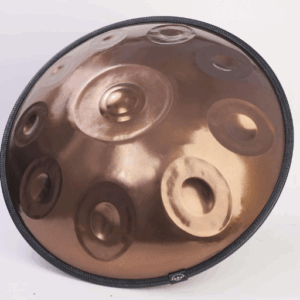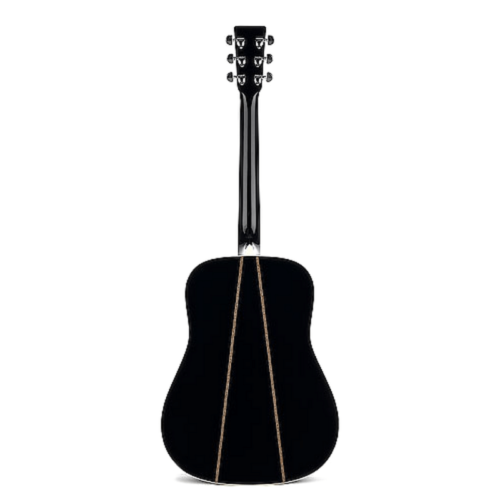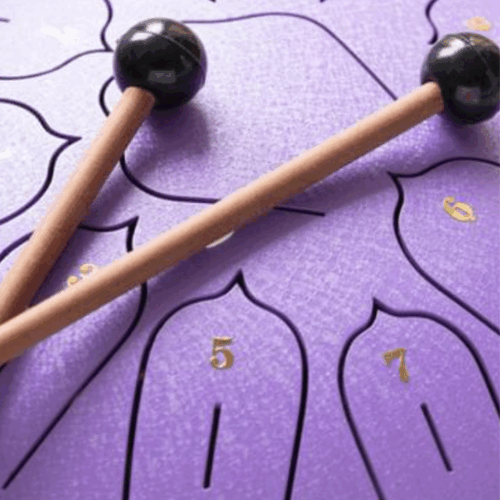Martin guitars have a rich history and reputation for producing high-quality acoustic instruments. While I can’t provide real-time information about the specific developments in the last 50 years since my knowledge was last updated in September 2021, I can give you some general insights into how Martin guitars of today might differ from those of 50 years ago up until that point. Keep in mind that there might have been further advancements and changes beyond that point.
- Materials: Martin has experimented with different types of tonewoods over the years. While classic woods like Sitka spruce and mahogany remain popular, there could have been shifts in the availability of certain woods and the exploration of alternative tonewoods. Advances in wood technology and sustainability efforts might have influenced the selection of materials used in modern Martin guitars.
- Construction Techniques: Martin guitars have always been known for their traditional craftsmanship, but advancements in manufacturing technology and techniques may have led to more precise construction methods. Computer-aided design (CAD) and computer numerical control (CNC) machinery could have influenced how the guitars are built, resulting in potentially tighter tolerances and improved consistency.
- Bracing Patterns: The internal bracing of a guitar has a significant impact on its tone and resonance. Over the years, Martin has experimented with various bracing patterns and designs. There might have been developments in bracing that aim to enhance the tonal qualities, volume, and sustain of their guitars.
- Finishes: Changes in finishing techniques and materials might have occurred. Modern finishes could be more environmentally friendly, durable, and designed to allow the wood to breathe and resonate better while providing protection.
- Electronics: If considering acoustic-electric models, advancements in pickup technology could have influenced the integration of electronics into Martin guitars. This might involve more natural-sounding pickup systems and onboard preamps.
- Aesthetics: Design elements such as inlays, binding, rosettes, and headstock shapes might have evolved to reflect changing design trends and customer preferences.
- Quality Control: Martin has always been known for its attention to detail and quality control. There could have been improvements in quality control processes to ensure that each guitar meets a consistently high standard.
- Customization Options: Martin may offer more customization options for customers today, allowing players to select various features and tonewood combinations to suit their preferences.
- Sustainability Initiatives: Given the growing awareness of environmental concerns, Martin might have implemented sustainability initiatives in their manufacturing processes and material sourcing, which could impact the overall design and construction of their guitars.
- Price and Accessibility: Depending on market trends, the cost and accessibility of Martin guitars may have changed over the years due to factors such as inflation, changes in production costs, and shifts in consumer demand.
Remember that these points are general considerations based on the history of guitar manufacturing and Martin’s reputation up to September 2021. To get the most accurate and up-to-date information about the specific differences between Martin guitars of today and those from 50 years ago, I recommend visiting the official Martin Guitar website or consulting resources that cover recent developments in the world of guitar manufacturing.







